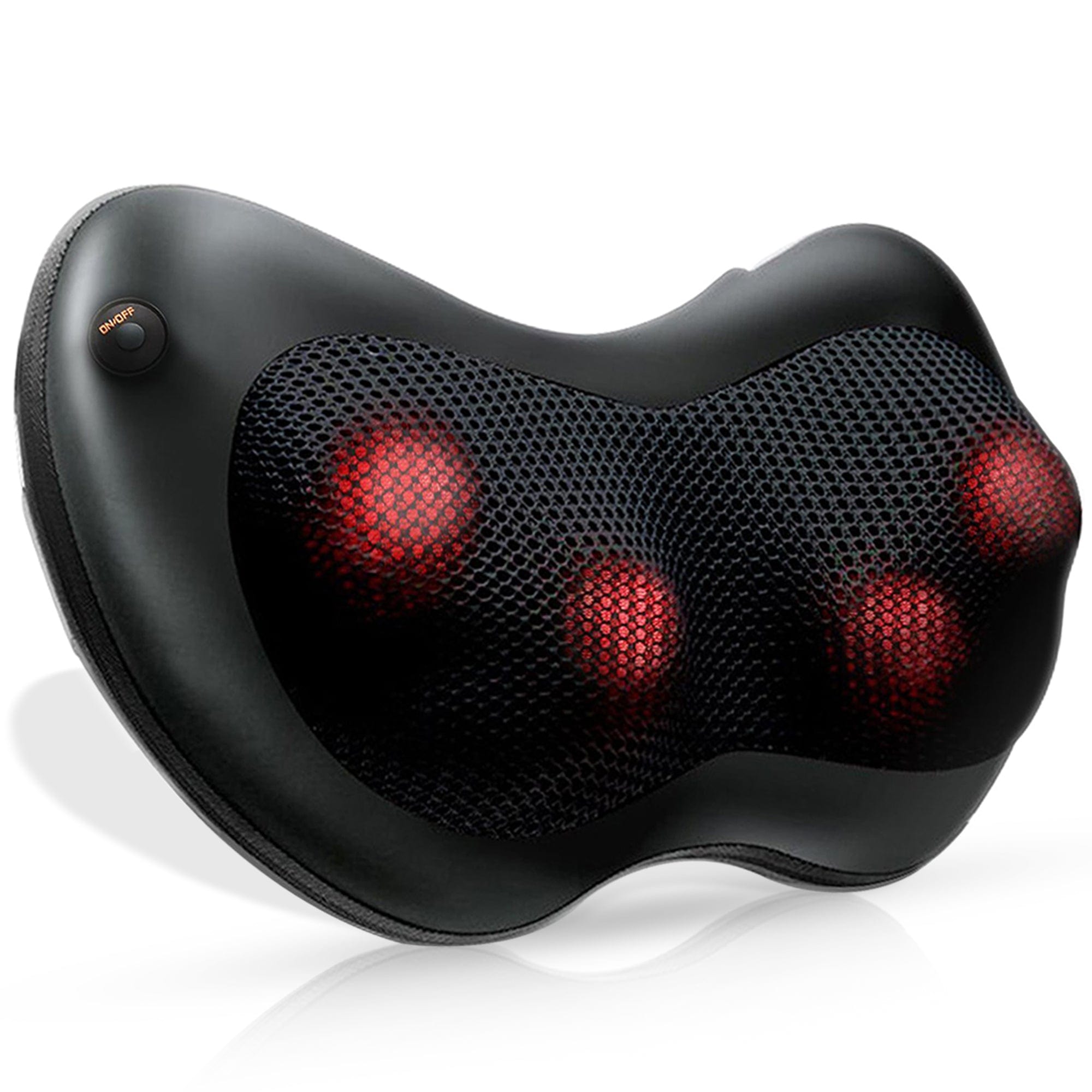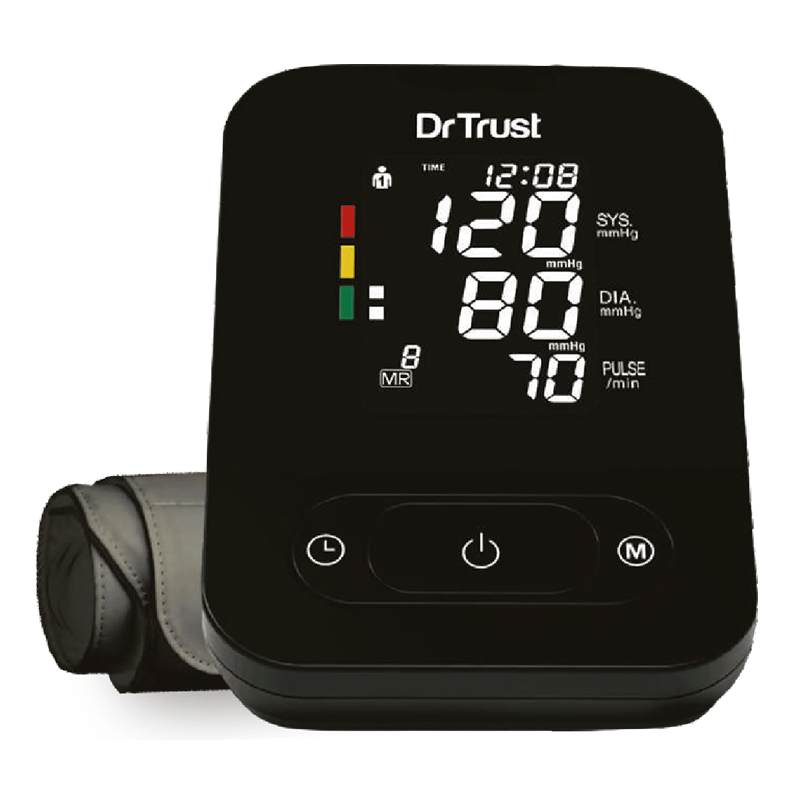Hot therapy can help to increase blood flow and relax muscles, while cold therapy can help to reduce inflammation and pain.The alternating application of heat and cold can help reduce inflammation, increase blood flow, and provide quick relief from shoulder pain.
What causes shoulder pain?
Shoulder pain can be caused by a variety of factors, such as injury, overuse, or chronic conditions. One way to alleviate shoulder pain is to use hot and cold therapy. Shoulder pain can have various causes, and some of the most common reasons for shoulder pain include:
Rotator cuff injury: This is a common injury that occurs in the muscles and tendons that support the shoulder joint. It can be caused by overuse, age-related degeneration, or a sudden injury.
Frozen shoulder: Also known as adhesive capsulitis, this condition occurs when the capsule surrounding the shoulder joint thickens and tightens, limiting mobility and causing pain.
Shoulder impingement: This occurs when the tendons or bursae in the shoulder are pinched or compressed, causing pain and reduced mobility.
Bursitis: Inflammation of the bursae, small fluid-filled sacs that cushion the joints, can cause shoulder pain.
Arthritis: Osteoarthritis and rheumatoid arthritis can cause shoulder pain, stiffness, and reduced mobility.
Fractures: A broken bone in the shoulder can cause severe pain and may require immediate medical attention.
Tendinitis: Inflammation of the tendons in the shoulder can cause pain and discomfort.
Dislocated shoulder: This occurs when the upper arm bone pops out of the shoulder socket, causing severe pain and immobility.
Pinched nerve: A pinched nerve in the neck or shoulder can cause radiating pain and numbness in the shoulder area.
Overuse injuries: Repetitive movements or overuse of the shoulder muscles can cause strains and other types of injuries that can lead to pain and discomfort.
Hot and cold packs
Hot gel pads are particularly effective in treating muscle strains, soreness, and stiffness. Heat therapy can help to increase blood flow to the affected area, which can help to bring more nutrients and oxygen to the injured tissue, promoting healing. On the other hand, cold gel pads, also known as ice packs, are effective in reducing pain and swelling immediately after an injury, such as a sprain or strain. Applying a cold gel pad to the affected area can help to reduce blood flow to the injured tissue, which can help to reduce swelling and inflammation. Cold therapy can also help to numb the area and reduce pain.

How To alternate hot and cold therapy for instant relief?
Start with cold therapy
Apply an ice pack or a bag of frozen vegetables wrapped in a towel to your shoulder for 15-20 minutes. The cold will help reduce inflammation and pain.
Follow up with hot therapy
Apply a warm towel or heating pad to your shoulder for 15-20 minutes. The heat will increase blood flow and relax the muscles.
Repeat the cycle
Alternate between hot and cold therapy for 3-4 cycles, making sure to end with cold therapy. Allow at least 30 minutes between cycles.
Be careful not to overdo it
Don't apply heat or cold for too long, as this can cause skin damage or further injury. Also, be sure to monitor your skin for any signs of discomfort or irritation.
Consult a healthcare professional
If your shoulder pain persists, it is important to consult a healthcare professional for a proper diagnosis and treatment plan.
At last, by alternating hot and cold therapy, you can provide your shoulder with instant relief from pain and inflammation. It is a safe and effective way to manage shoulder pain at home. If you want to buy the best heat and cold packs, check out Dr Trust reusable gel packs which are designed to give you a great relief. They are safest and easiest solutions to use for both hot and cold therapy depending on the type of shoulder pain.















